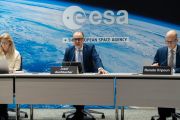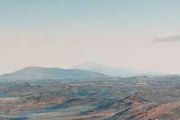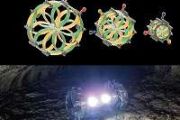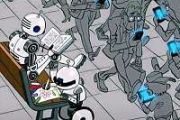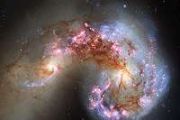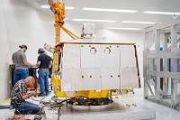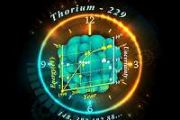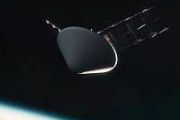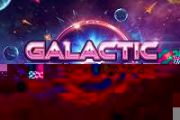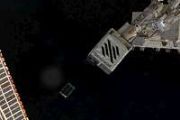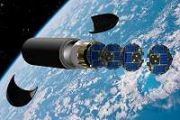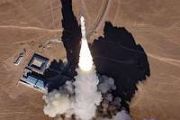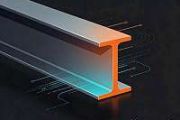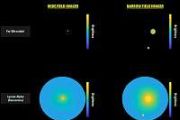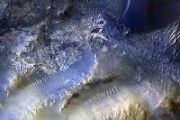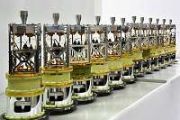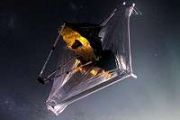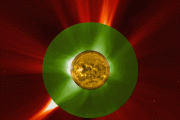
Copernical Team
Fifth H-3 rocket successfully launches Michibiki No. 6 satellite
 The Japan Aerospace Exploration Agency (JAXA) successfully launched its fifth H-3 rocket on Sunday, carrying the Michibiki No. 6 satellite, a key addition to Japan's independent positioning system. The rocket lifted off from Tanegashima Space Center in Kagoshima Prefecture at 5:30 p.m. local time and successfully deployed its payload into the designated orbit.
The Michibiki satellite ser
The Japan Aerospace Exploration Agency (JAXA) successfully launched its fifth H-3 rocket on Sunday, carrying the Michibiki No. 6 satellite, a key addition to Japan's independent positioning system. The rocket lifted off from Tanegashima Space Center in Kagoshima Prefecture at 5:30 p.m. local time and successfully deployed its payload into the designated orbit.
The Michibiki satellite ser
Caltech takes first steps toward lightsails that could reach distant star systems
 The idea of traveling through interstellar space using spacecraft propelled by ultrathin sails may sound like the stuff of sci-fi novels. But in fact, a program started in 2016 by Stephen Hawking and Yuri Milner known as the Breakthrough Starshot Initiative has been exploring the idea. The concept is to use lasers to propel miniature space probes attached to "lightsails" to reach ultrafast speed
The idea of traveling through interstellar space using spacecraft propelled by ultrathin sails may sound like the stuff of sci-fi novels. But in fact, a program started in 2016 by Stephen Hawking and Yuri Milner known as the Breakthrough Starshot Initiative has been exploring the idea. The concept is to use lasers to propel miniature space probes attached to "lightsails" to reach ultrafast speed Top 10 persistent methane sources

A list of the top 10 global regions where natural or anthropogenic sources emit methane on a continuous, ‘persistent’ basis was recently published in a scientific journal.
60 days in bed for science
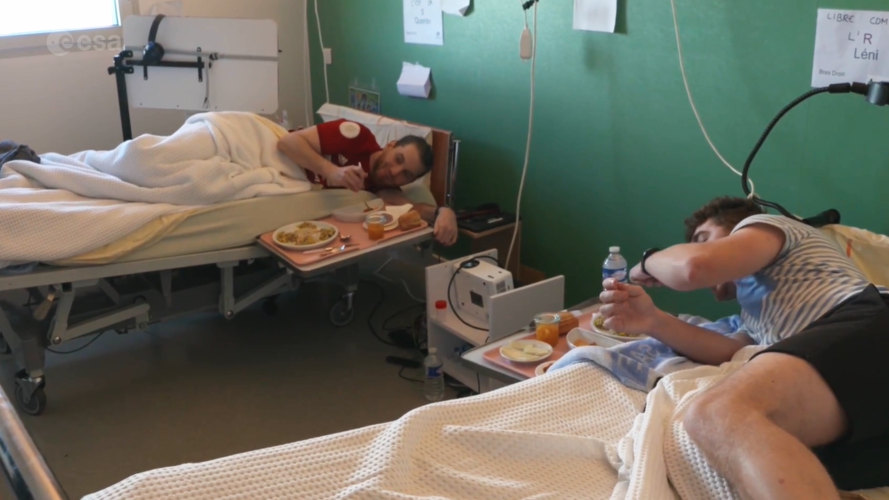 Video:
00:06:40
Video:
00:06:40
A group of volunteers is spending two months lying in bed—with their feet up and one shoulder always touching the mattress—even while eating, showering, and using the toilet. But why? This extreme bedrest study is helping scientists understand how space travel affects the human body and how to keep astronauts healthy on long missions.
Microgravity causes muscle and bone loss, fluid shifts, and other physiological changes similar to those experienced by bedridden patients on Earth. By studying volunteers here on Earth, researchers can develop better countermeasures for astronauts and even improve treatments for medical conditions like osteoporosis.
In this
Apply now for the 2025 ESA Graduate Trainee Programme
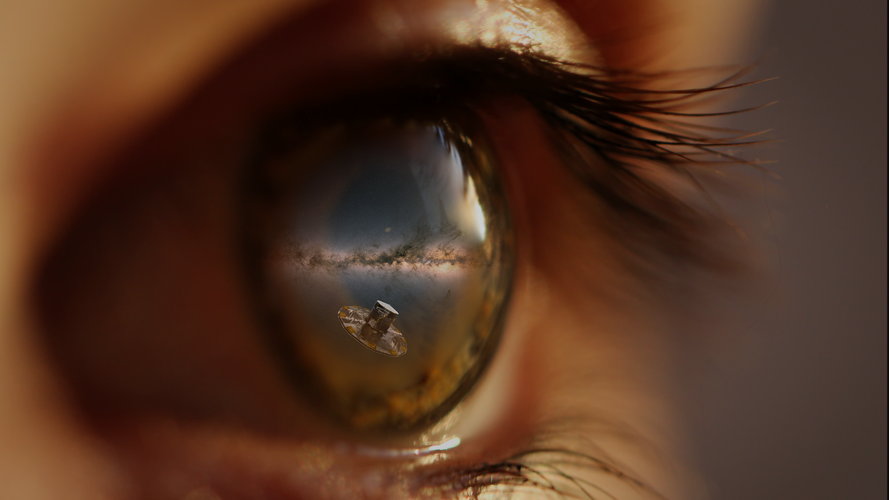
The 2025 ESA Graduate Trainee positions are now open! If you’re passionate about engineering, science, IT or business, this is your chance to turn your dreams into reality.
Transforming ESA’s technical heart
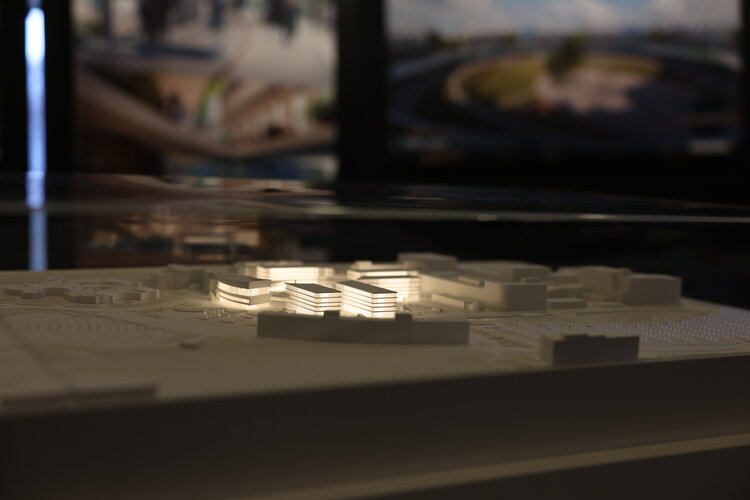 Image:
Transforming ESA’s technical heart
Image:
Transforming ESA’s technical heart SiriusXM's SXM-9 Satellite Begins Full Operation After Successful Testing
 SiriusXM and Maxar Space Systems announced today that the SXM-9 satellite has completed its in-orbit testing phase and is now fully operational. This milestone follows the successful launch of the satellite aboard a SpaceX Falcon 9 rocket on December 5, 2024.
"SiriusXM is committed to cutting-edge technology and enhancing the proprietary satellite delivery systems that help power our audio
SiriusXM and Maxar Space Systems announced today that the SXM-9 satellite has completed its in-orbit testing phase and is now fully operational. This milestone follows the successful launch of the satellite aboard a SpaceX Falcon 9 rocket on December 5, 2024.
"SiriusXM is committed to cutting-edge technology and enhancing the proprietary satellite delivery systems that help power our audio Chinese Satellite Companies Expand Global Services with Advanced Networks and Constellations
 Chinese space companies are rapidly expanding their global satellite services, offering capabilities in communications, navigation, and remote sensing. This expansion is coupled with a swift increase in satellite constellation deployments aimed at enhancing service reach and efficiency.
At the start of 2025, China Great Wall Industry Corporation (CGWIC), a leading player in commercial laun
Chinese space companies are rapidly expanding their global satellite services, offering capabilities in communications, navigation, and remote sensing. This expansion is coupled with a swift increase in satellite constellation deployments aimed at enhancing service reach and efficiency.
At the start of 2025, China Great Wall Industry Corporation (CGWIC), a leading player in commercial laun ESA Monitoring Potential Threat from Near-Earth Asteroid 2024 YR4
 The European Space Agency's (ESA) Planetary Defence Office is closely tracking asteroid 2024 YR4, a newly discovered near-Earth object that has a minimal chance of impacting Earth in December 2032.
Asteroid 2024 YR4 was first detected on December 27, 2024, by the Asteroid Terrestrial-impact Last Alert System (ATLAS) telescope in Rio Hurtado, Chile. Following its discovery, automated astero
The European Space Agency's (ESA) Planetary Defence Office is closely tracking asteroid 2024 YR4, a newly discovered near-Earth object that has a minimal chance of impacting Earth in December 2032.
Asteroid 2024 YR4 was first detected on December 27, 2024, by the Asteroid Terrestrial-impact Last Alert System (ATLAS) telescope in Rio Hurtado, Chile. Following its discovery, automated astero 
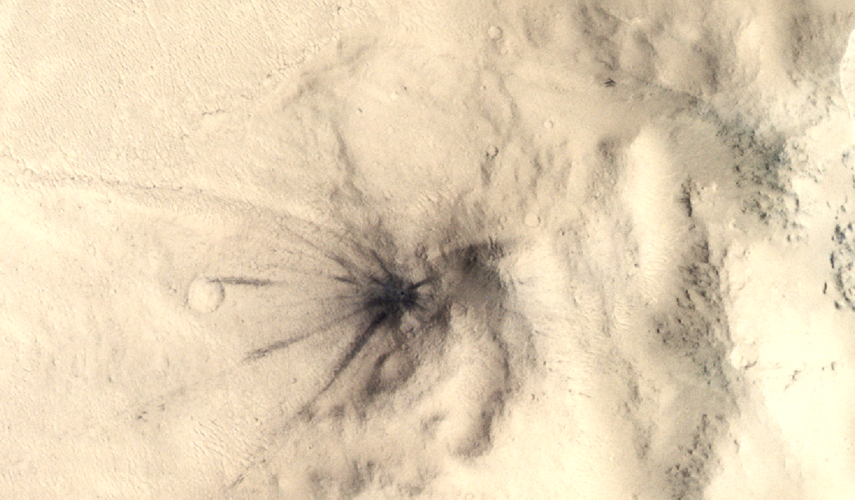 Image:
KA-BOOM
Image:
KA-BOOM 